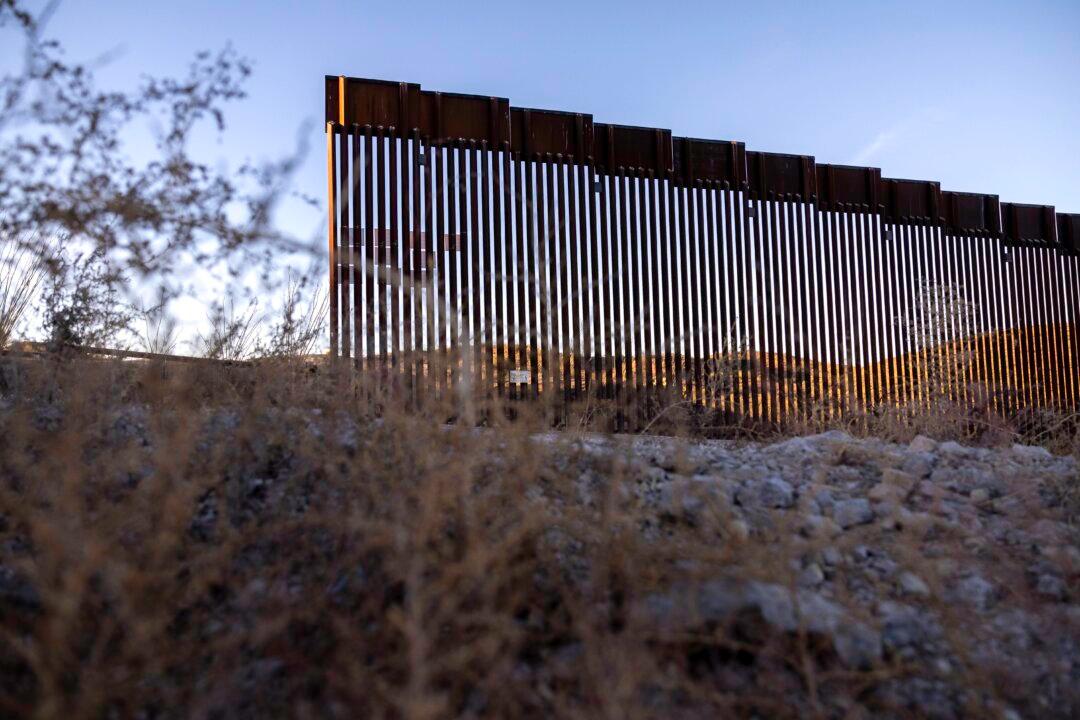Brent crude oil fell below $100 per barrel on April 11 due to concerns about COVID-19 lockdowns lowering Chinese demand, as well as fresh supplies pouring into the market from global oil reserves.
Brent oil futures were trading at $98.59 per barrel as of 16:08 coordinated universal time (12:08 p.m. Eastern time) on April 11, 2022, which is 20 percent lower than the previous peak of $123.72 per barrel on March 24.
West Texas Intermediate crude oil futures were trading at $94.36 per barrel at this time.
The oil market is watching the developments in China where COVID-19 lockdowns have been imposed in cities such as Shanghai, a financial center of China that’s home to about 26 million people. Similar curbs have been imposed in regions such as eastern Ningbo and southern Guangzhou.
The reserves released by the IEA and the United States will total 240 million barrels of additional oil supply into the market. This will be equivalent to adding 1.3 million barrels per day of oil over a six-month period, which analysts at JP Morgan calculate is enough to cover a shortfall of one million barrels per day from Russian supplies. The IEA predicts Western sanctions on Russia will take 3 million barrels per day of oil off the global market.
At present, the United States’ Strategic Petroleum Reserve (SPR) has 564.6 million barrels, which is enough to meet the country’s oil demand for about a month. The IEA requires that America’s SPR be equivalent to 90 days of U.S. crude oil imports, which at 3 million barrels per day would be roughly 270 million barrels in total.
Even after the United States releases 180 million barrels from its reserves, the remaining supply of 294.6 million barrels will be above IEA’s requirements.
However, President Joe Biden’s decision to release oil from the country’s SPR has come under criticism, with experts pointing out that the move will only add to the volatility in the oil market.





